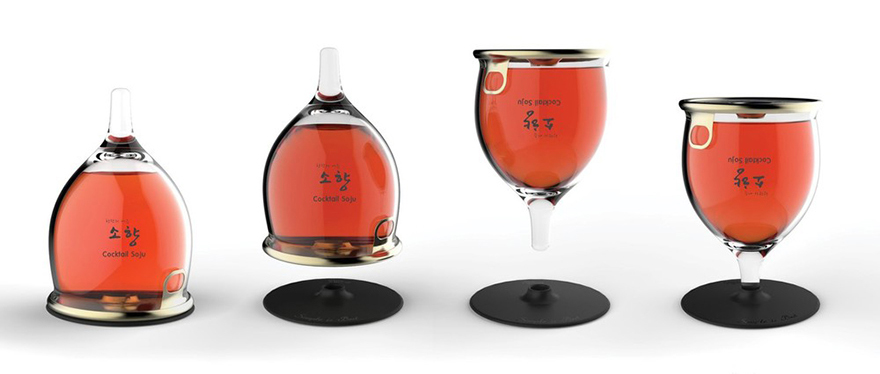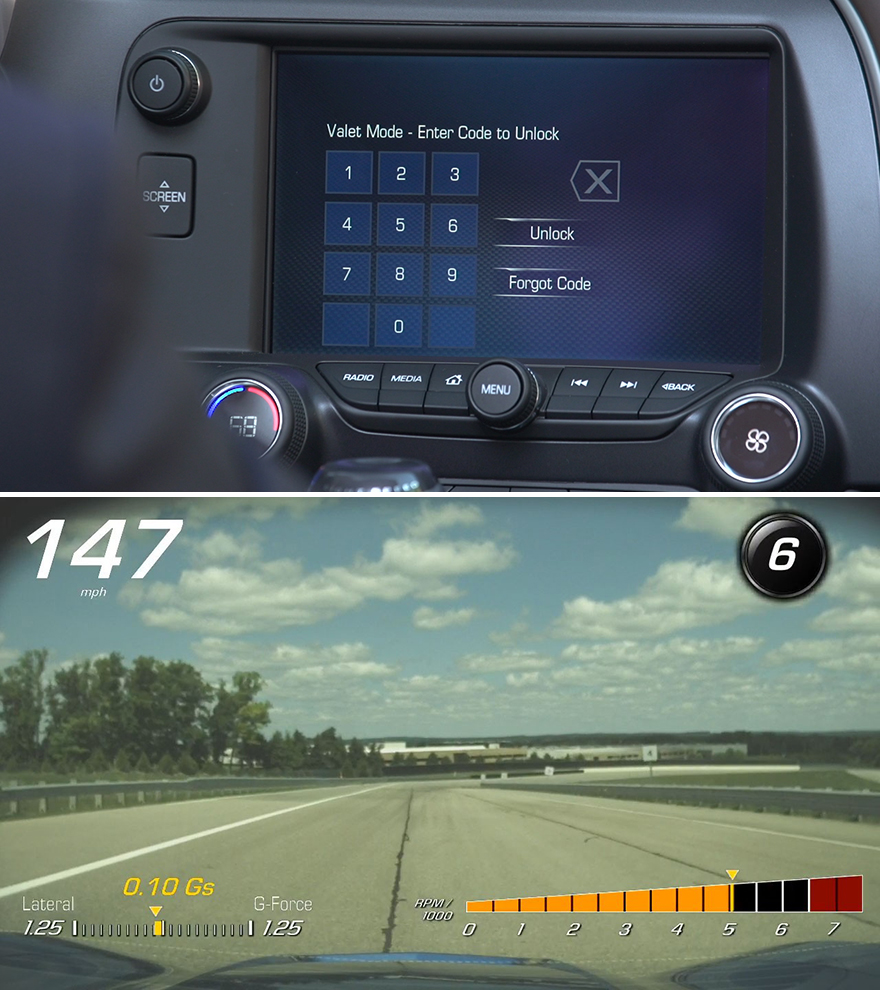![C77DA-WonB.jpg]()
![DARoundUps-StratLead.jpg]()
At the heart of every design, there is a problem—or rather, a solution. The end result might broadly be called a product, but insofar as this definition doesn't specify a physical artifact, design practice can take a number of other forms. In fact, Strategy and Research suggests a more rigorous approach to design in general, at once more fundamental than a given instance of a problem and more profound than a single product. The 2014 Core77 Design Awards honorees in the Strategy & Research category represent a worthy selection of these projects.
Larry Keeley, President and Co-Founder of Doblin Inc., led the jury team in choosing their top 13 entries of the bunch. Learn more about each one below.
![DARoundUps-Pearson.jpg]()
Professional Winner: Pearson Common Core System of Courses, by POSSIBLE Los Angeles
While information is becoming more digital by the day, one end user may have had the most benefit from the transition: student. Physical textbooks can be incredibly heavy for the students wo have to tote them around and expensive for the school providing them, and once you get to college, you're subject to both inconveniences. POSSIBLE Los Angeles has introduced the Pearson Common Core System in response—a digital experience for the classroom, specifically early learning atmospheres. "This is a bold action taken by a textbook market leader to solve an important and gnarly problem: textbooks are wildly anachronistic," says the jury. They are too costly for school districts, too heavy for students, and nowhere near interactive enough for the way young people learn now. It is rare to see the market leader be this bold in disrupting their core products—and for this reason it rose to the level of being truly strategic."
» Learn more about Pearson Common Core System of Courses
![DARoundUps-AirAmbulance.jpg]()
Student Winner: Redesigning the Air Ambulance, by Sean Jalleh
Tending to medical emergencies in the air is a delicate task, given the size and weight constraints of the setting. North Carolina State University student Sean Jalleh accepted the challenge of strategizing the best way to house patients, medications and equipment during inter-hospital air travel. The jury weighs in: "This is a thorough, rigorous, solution-oriented approach to rethinking the interior design of helicopters used as air ambulances. The emphasis is clearly on physical and cognitive human factors, and we liked the way the problem was tough enough that everyone involved knows you can't afford to be wrong. We also liked the way that the recommendations were communicated well--—including clear diagrams that revealed how the design was completely optimized for effective medical care in tight spaces.
» Learn more about Redesigning the Air Ambulance
![DARoundUps-GiraffePath.jpg]()
Professional Runner Up: Making the Giraffe Path, by Aki Ishida and Lynnette Widder
NYC Parks that date back to the 20th Century are easily overshadowed by the novelty of the quasi-futuristic High Line. Architect Aki Ishida and Columbia University Professor Lynnette Widder are shining a light on five of the city's parks through workshop events and explorative artifacts to help visitors pull the connections between the five areas. The duo delivered a "play book" that visually documented data and strategies for future path-making. "We have entered a new era of urban design where amenities like parks and public spaces are finally getting the professional attention they deserve," says the jury. "This project is a bold attempt to open up the design of an engaging trail way that would connect five Northern Manhattan urban parks in ways that could make them as collectively engaging as New York's High Line or Chicago's Millennium Park. We especially liked the way this team reframed their urban design challenge from trail mapping to trail making, and especially commend them for the 3D dynamic development techniques they used and the lovely human scale feel of the work."
» Learn more about Making the Giraffe Path
![DARoundUps-AdolescentGirlTools.jpg]()
Professional Runner Up: Physical Assets for Adolescent Girls, by Yves Behar & fuseproject
This project from Yves Behar and fuseproject for the Nike Foundation's Girl Effect program looks to empower girls and help break the cycle of poverty. The team developed four prototypes and tested them on a two-week immersion study in Rwanda, bringing research and reactions back to improve the designs. While the jury wasn't so crazy about the title, they did appreciate the way the team rose to a difficult design challenge: "We felt this was a terrible name for an important idea: use solid design tradecraft to identify the smallest number of artifacts to reinvent that would make the greatest difference in the daily lives of young girls growing up in war-torn Rwanda. Often the really tough challenges demand and deserve the best design methods, and this design team rose to the challenge effectively."
» Learn more about Physical Assets for Adolescent Girls
![DARoundUps-VisPo.jpg]()
Student Runner Up: VisPo - Visual Poetry, by Stephanie Bhim
Poetry is one of those artforms that means somethin different to every reader. University of Technology – Sydney student Stephanie Bhim is adding another layer of interpretation with her work, VisPo. The app houses a series of poems, each with their own set of visuals—devices that display various objective language and poetr7 techniques. "We all agreed that it was visionary: It makes the subtle, sometimes abstruse and technically complex conventions in poems and makes reading and interpreting poetry more engaging, accessible and beguiling," says the jury. "We were especially impressed with the way a student from the University of Technology Sydney, acting alone, made poetry visual, artful and emotional—in ways that go far beyond anything that could be done in an analog, print-only form... Of all entries— student and professional—in the too often dry arena of strategy and research, this was the only entry with a sense of wonder."
» Learn more about VisPo—Visual Poetry
![DARoundUps-MLKL.jpg]()
Student Runner Up: MLKL, by Jeongdae Kim
University of Arts Bremen student Jeongdae Kim takes to areas plagued with logging and fire damage with his work, MLKL. The eco-friendly material effectively turns topsoil into a net, helping plant roots stay rooted and thrive. This solution is intended for areas prone to landslides, where it can be hard for trees to develop expansive root systems. The jury's thoughts: "Sadly, we seem to now be in a new era where natural calamities are more frequent, more severe, and more diverse. One smart design response is to be resilient—design to anticipate and prevent or lessen the severity of calamities. This team from The University of the Arts Bremen did precisely this by creating a new system that will help protect the land from catastrophic erosion following logging and/or fires... We expect this theme—design for resilience—to be crucial on our overheated planet."
» Learn more about MLKL
(more...)![]()





























































